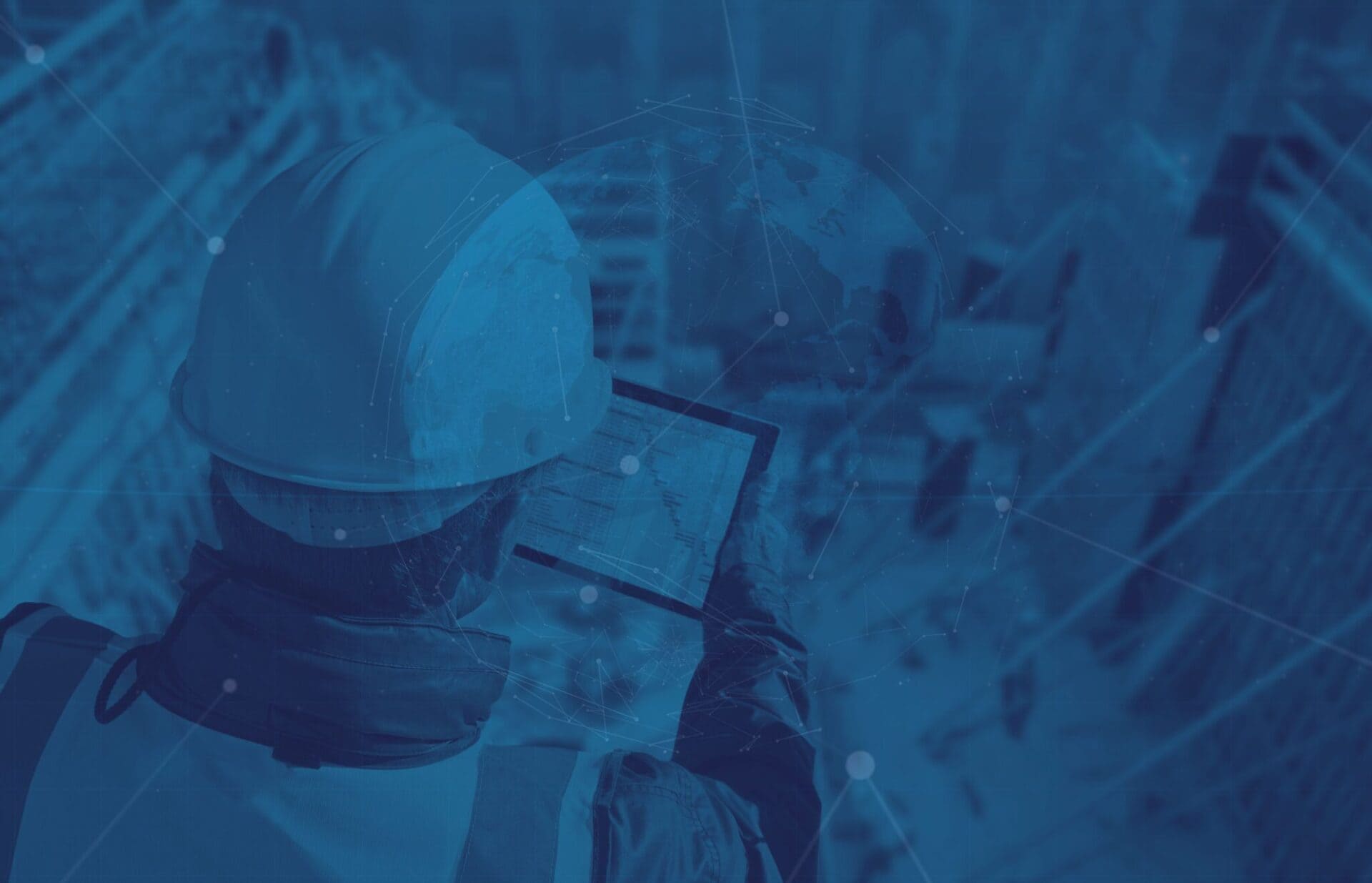
The importance of an asset register for property maintenance
BlogWhen it comes to maintaining properties, having strong asset data – especially a well-built asset register – is a game changer. It’s not just a list of assets; it’s a powerful tool that helps manage and protect everything within a building, keeping things running smoothly for longer.
A good asset register connects maintenance and engineering work directly to business goals. It shows what needs fixing, when it needs attention, and how to allocate time and resources wisely. Instead of guessing, teams can act strategically, saving time and money.
It also makes resource planning smarter. By knowing exactly what’s needed – from parts to labour – facility teams can cut waste, work more efficiently, and even cross-train staff to be more flexible across different areas.
From a financial point of view, an up-to-date asset register helps control costs. It avoids unnecessary spending, ensures maintenance budgets are used wisely, and helps manage the total cost of ownership over an asset’s life. It basically acts like a financial GPS for property managers.
Business continuity also benefits. By planning maintenance early, the asset register helps avoid unexpected breakdowns and downtime, keeping the business running without interruptions.
Customer and stakeholder satisfaction depends heavily on how well a property is maintained. Clean, safe, and well-functioning buildings create a great first impression – helping to attract and retain clients, tenants, and investors.
Managing risk is another critical piece. An asset register helps spot safety hazards and compliance risks early – from fire systems to electrical faults – making it easier to prioritise and fix issues before they cause major problems.
Finally, an asset register supports big-picture goals like sustainability, brand image, and adapting to future needs. It becomes the central reference point that guides decision-making and long-term planning for property owners and facility managers.
In short, a digital asset register is the foundation for smarter property maintenance. When facilities teams use it properly, they can deliver safer, better, and more cost-effective spaces for people to work, stay, and play.





